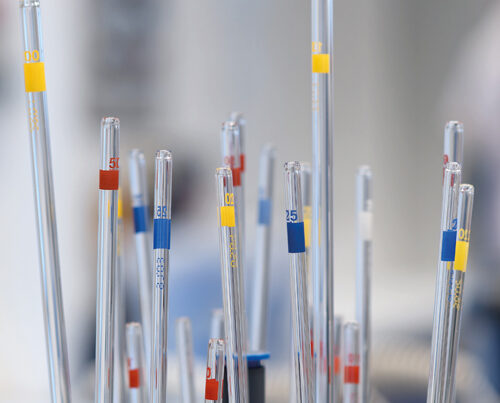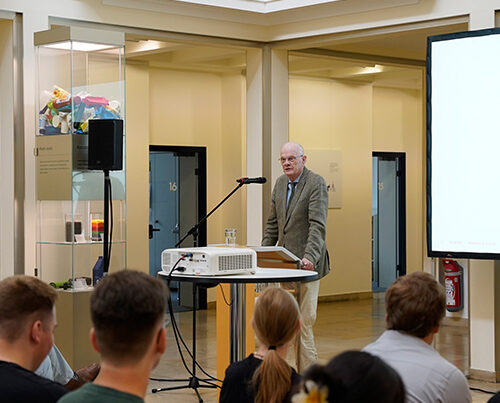Interview
Dr Diegel, do the different sectors that use sand actually realise that supplies of this resource are finite and becoming increasingly scarce?
Dr Rudolf Diege: The industries that are the biggest consumers of sand are well aware of this fact simply because it is getting more and more difficult for them to get a permit to mine or extract sand. This is already proving to be a major problem for Singapore which, to a certain extent, is literally built on sand. Most of the sand that it uses to reclaim land comes from the Philippines and Malaysia – where dredgers remove sand from the sea bed right next to their coastlines. These countries have now banned it from importing sand as these dredging activities have had such a negative impact on their environment. And this is just the beginning. Global consumption of sand far exceeds our planet’s reserves. This is bound to have an effect on the price of sand over the medium term and consequently on the construction industry as a whole.
Global consumption of sand far exceeds our planet’s reserves.
What alternatives are there to sand then? Are there any materials recovered from recycling processes that can be used as a substitute?
Dr Rudolf Diege: Unfortunately, this is not as easy as we would like it to be. The facilities used to process construction waste primarily produce sieved or crushed sand. With supplies of sand getting scarce, these certainly are very valuable materials. Sieved sand, however, can only be used to make road beds as its grains are rounded. It can’t be used to construct buildings, the area where the demand for sand is the highest. The same is true for the crushed sand which is, first and foremost, suitable as a bedding sand because of the angular shape of its grains. At the moment, the only way to produce a substitute raw material that is suitable for constructing buildings is from recycling concrete. This recycled product, however, does not have a good image, especially in Germany. The Swiss are more progressive here. They have laws making it obligatory to use recycled aggregate. Another material of interest is recycled IBA from waste incineration plants. It is a very good aggregate if it is processed or washed properly to ensure all environmental parameters have been met, as can be seen in the Netherlands.
60% of all sand and gravel mined around the globe is consumed by China. Within just three years, it has processed more sand than the USA in a whole century.
Talking about recycling: what possibilities are there at the moment to recover a material from IBA or construction waste, such as concrete, that meets the stringent quality standards set out for aggregate?
Dr Rudolf Diege: The first thing we need to see is a change in attitude of all three groups involved. These are the environmental sector, which offers the recycled raw materials, the customers, which must be prepared to buy these materials, and the public sector, which must show they want to promote resource conservation and encourage sustainable supplies of raw materials by drawing up appropriate laws. The first thing we need, therefore, is a “Green Deal”, similar to the one in the Netherlands. There is a general lack of awareness here, though – IBA, for example, is not considered to be an attractive alternative for businesses until they find it difficult to get hold of the supplies they need. Everything always depends on the supply of primary raw materials. This growing shortage of sand may get people thinking differently now.
Our industry, though, has to get things in order and set the course for the future. Many projects fail because they don’t have the right logistics or technical infrastructure. What we need is input material that is of a consistently high quality – ideally material that comes from specific building dismantling projects and that has been carefully segregated at source. And we must invest in more technology and better technology to ensure the material we recover is of a really high quality.
Could we not solve this problem by employing a few technical tricks so that we can use desert sand or would that simply lead to us destroying yet another ecosystem?
Dr. Rudolf Diege: Desert sand is totally unsuitable as a construction material because of its high chlorine content and the shape of its grains. It lacks stability and is not robust enough. There are no two ways about it. We have to achieve better recycling results. We believe the recycling of IBA from waste incineration plants has great potential here. This is not a waste product, it is a valuable source of raw materials for the future.
Bildnachweise: © REMEX












